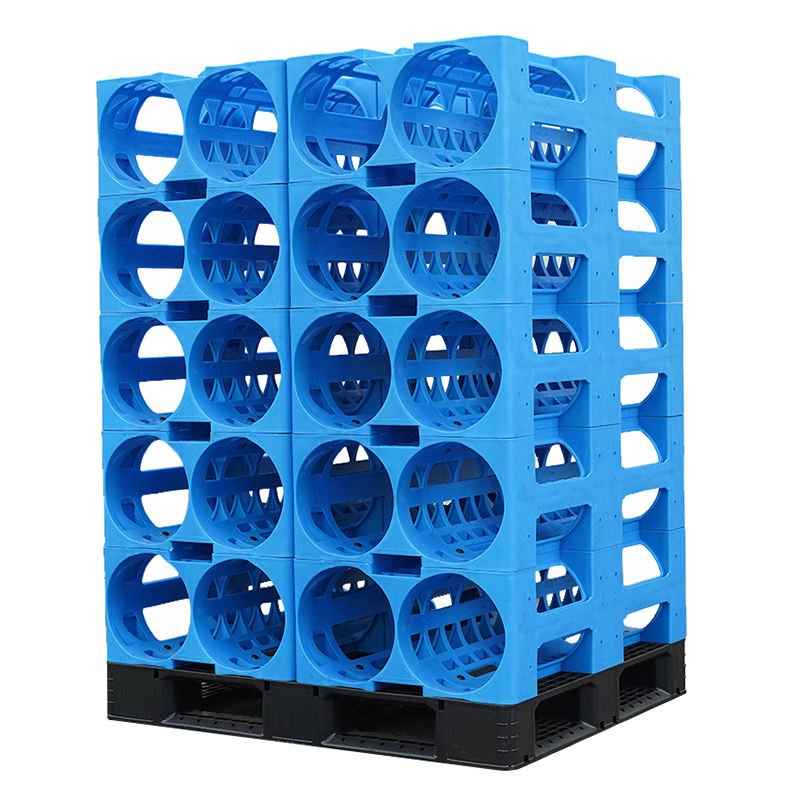Breeding Black Soldier Flies (BSF) might sound like a challenge reserved for the experts, but what if I told you it’s something you could start in your own backyard? As CEO of Enlightening Pallet and an enthusiast for sustainable practices, I’ve ventured into the fascinating world of BSF breeding. Let me take you through the journey.
BSF, or Black Soldier Fly larvae, are renowned for their efficiency in waste reduction and as a high-protein feed for animals. The process involves setting up the right environment for the flies to lay eggs, ensuring the larvae have enough food, and managing the lifecycle efficiently.
The key to success in BSF breeding lies in understanding their lifecycle and environmental needs. These insects are not only beneficial for waste management but also serve as a sustainable protein source for livestock and aquaculture. Let’s dive deeper into how you can start breeding BSF yourself.
Why Breed Black Soldier Flies?
The reasons are compelling: waste reduction, sustainable feed production, and even soil improvement. BSF larvae can consume vast amounts of organic waste, turning it into valuable biomass. They’re a game-changer in waste management and agriculture.
How to Set Up a BSF Breeding Station?
First, you’ll need a breeding box. Our product, the BSF Insect Breeding Box, is designed to simplify the breeding process. It provides an ideal environment for the flies to lay eggs and for the larvae to grow. For those interested in expanding their operation, we also offer mealworm breeding boxes, suitable for different scales of breeding.
What Conditions Do BSF Require?
Temperature and humidity play significant roles in the success of your BSF breeding endeavor. The ideal temperature range for BSF larvae to thrive is between 27°C and 30°C, with humidity levels around 70%. These conditions mimic their natural environment, promoting healthy growth and development.
How to Feed and Manage BSF Larvae?
BSF larvae are not picky eaters. They thrive on a variety of organic waste materials, including kitchen scraps, animal manure, and agricultural waste. The key is to maintain a balanced diet and avoid overfeeding, ensuring the larvae have enough space and food to grow without competition.
How to Harvest BSF Larvae?
Once the larvae have reached their pre-pupal stage, it’s time to harvest. Our BSF breeding boxes come with features that allow for easy separation of larvae from their feeding medium, making the harvest process simple and efficient.
Challenges and Solutions in BSF Breeding?
Every endeavor comes with its set of challenges. In BSF breeding, managing the right environmental conditions and ensuring a constant food supply are crucial. However, with the right tools, such as the BSF Insect Breeding Box, and a bit of patience, these challenges can be easily overcome.

Conclusion
BSF breeding is not just an interesting hobby; it’s a step towards sustainable living and waste management. With products like our BSF Insect Breeding Box, anyone can become a part of this eco-friendly movement. Start small, learn through the process, and you might just find yourself at the forefront of sustainable agriculture.
Incorporating BSF into your waste management or animal feed regimen is not just a smart choice; it’s a forward-thinking move towards a more sustainable and efficient future. Let’s embrace the cycle of life, from waste to feed, and everything in between.







